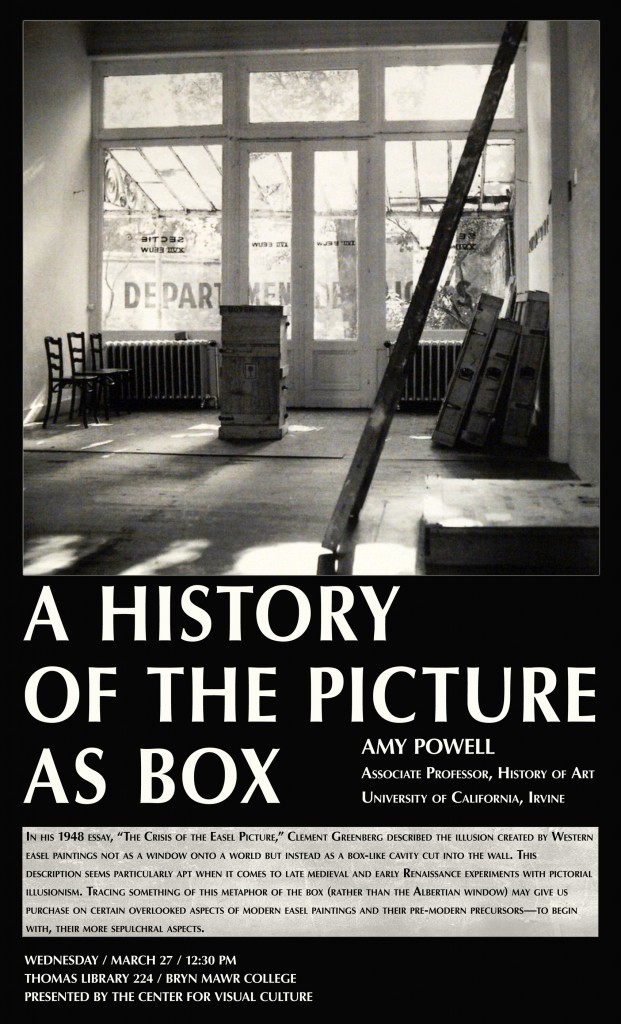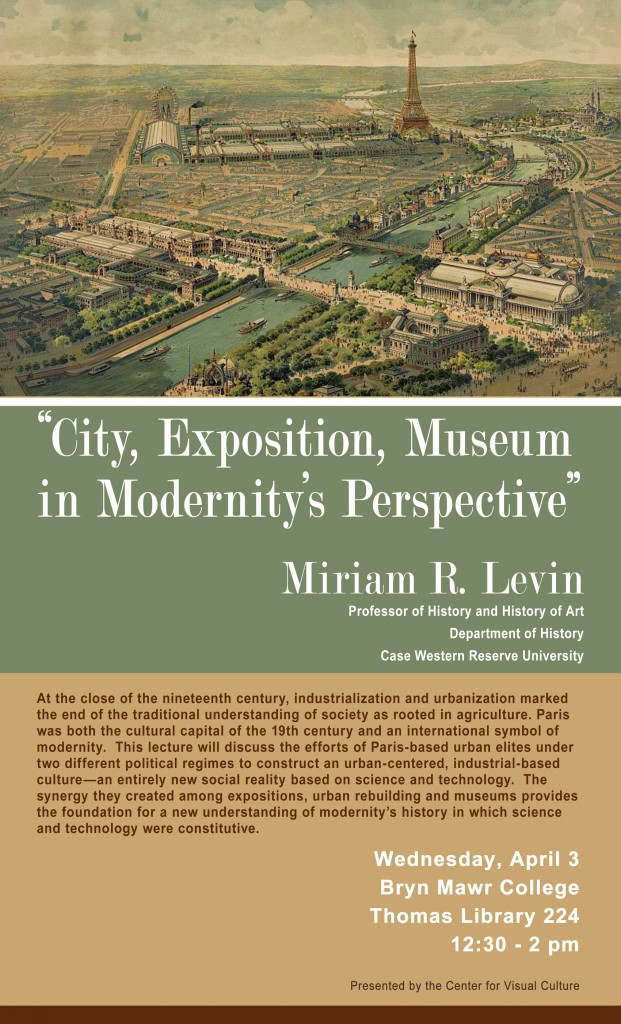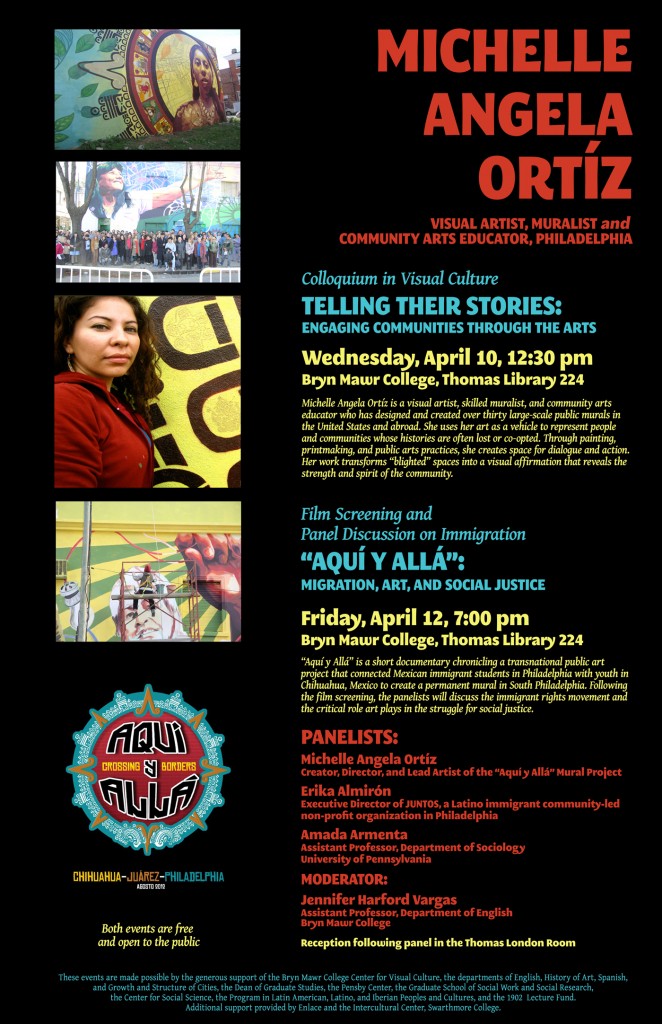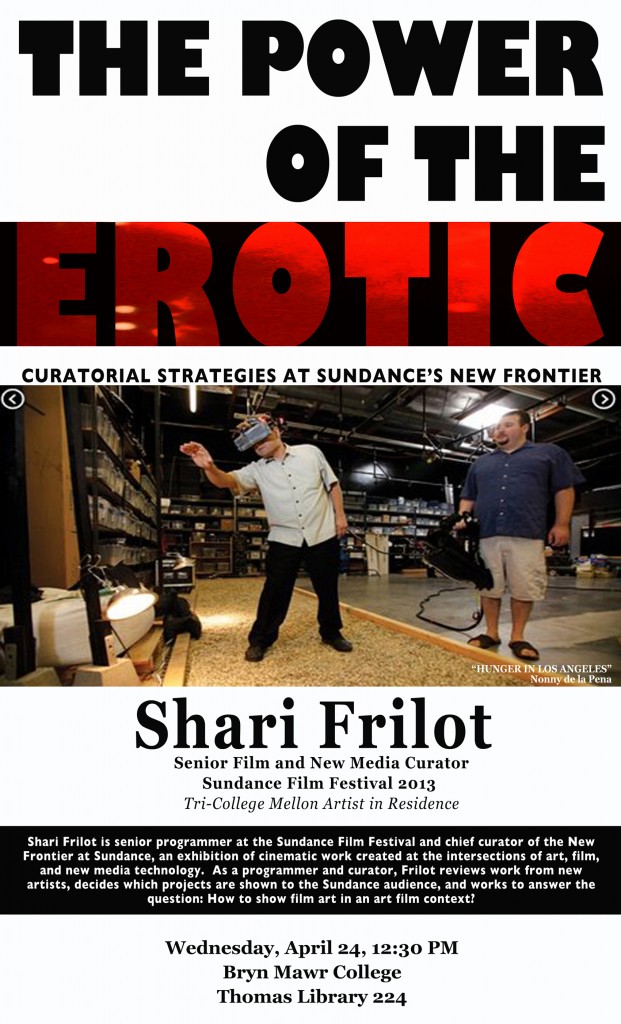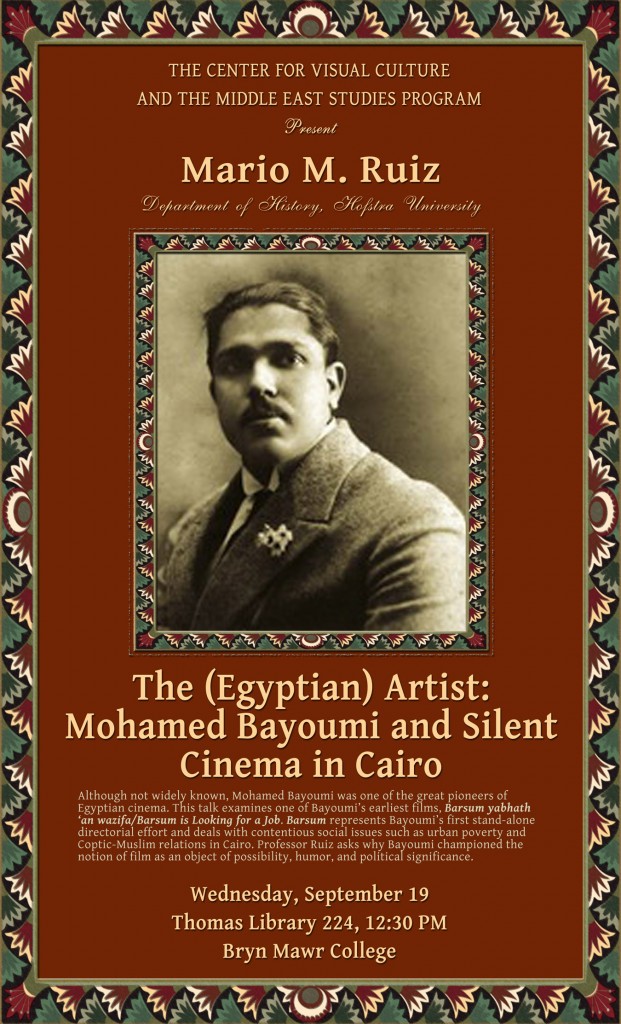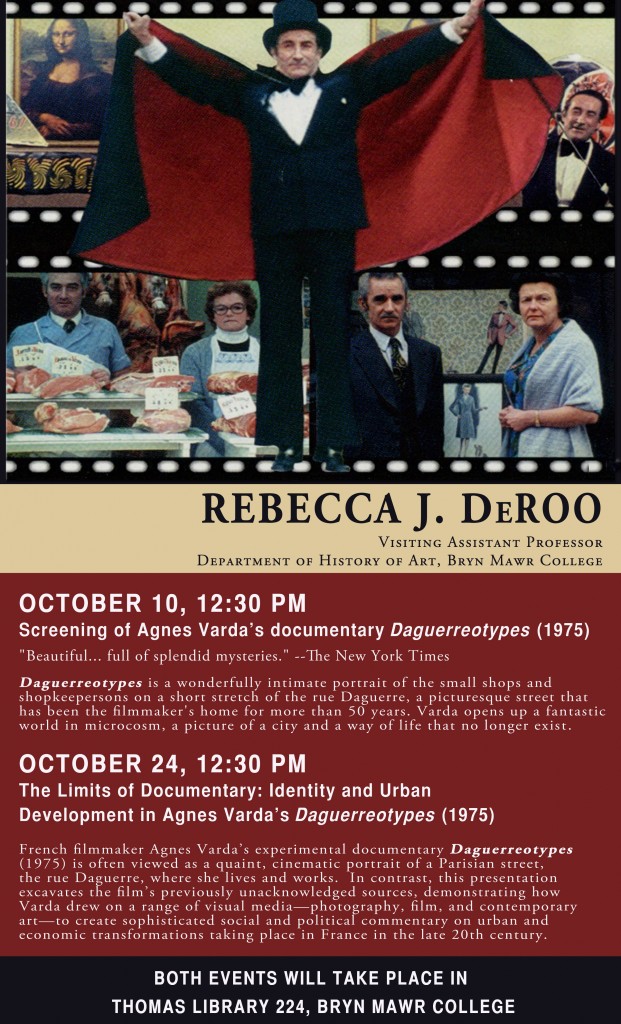Dr. Mary (Polly) Nooter Roberts
Professor, UCLA Department of World Arts and Cultures
“Haptic Visualities in Devotional Diasporas of Shirdi Sai Baba”
Visual images are integral to the transnational networks of a dynamic contemporary religious movement based upon the life and teachings of Shirdi Sai Baba, a South Asian saint who lived in the western Indian state of Maharashtra from the mid-1800s to 1918. Shirdi Sai Baba defied religious nationalism, refused to self-identify as either Hindu or Muslim, and accepted the devotions of all castes and faiths, thus offering an alternative to communal ideologies. This presentation will explore how images actively shape devotion and impact this fast-growing movement’s expansion in communities of India, Mauritius, Germany, Ghana, and the US. In addition to documenting the history, production, and dispersal of images, it will focus upon the efficacy of the images through locally-defined understandings of indexicality that ensure the presence and proximity of the Saint despite diasporic dislocations and the digital reproduction of images. “Haptic visualities” and “corpothetics” will be discussed, as well as the role of new media and the blending with Eastern Orthodox icon traditions in the dissemination of Shirdi Sai Baba’s images around the world.


